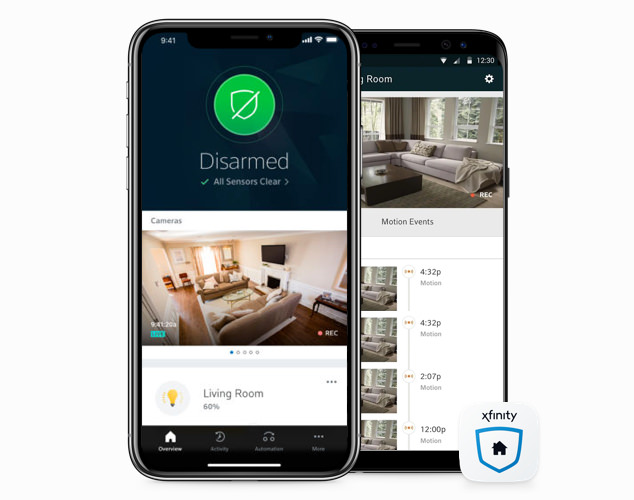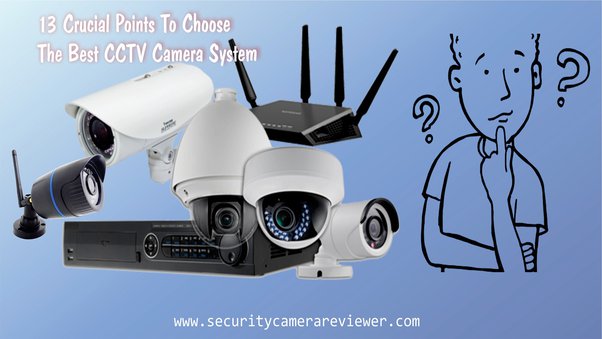
Despite the rising cost of subscriptions and the fatigue that consumers feel, some brands are still offering cameras without monthly fees. The cameras store the video on internal or microSD cards, not in the cloud. This saves Wi Fi and improves performance.
DIY Home Security System With No Monthly Fee
These systems are easy to set up and can be installed yourself, whereas alarm systems typically require professional installation and come with contracts. They also allow you to customize your home's security system, so you can install the components that work best for you.
Best Non Subscription Security Cameras
Some cameras can be viewed remotely without a base station or cloud storage. Other features include smart motion detection. This will send notifications directly to your smartphone or other device when an activity is detected.

Blink Indoor Wireless Security Camera
This indoor security camera from Amazon is a great option for people who don't want to worry about a subscription or monthly fees. The battery life is good, and the camera can be connected to Alexa for voice control. It has a shutter you can use to block it from recording if privacy is required.
Abode Smart Home Monitor
This home security camera is one of the few that is designed with both aesthetics and security in mind. It is mounted with adhesive backing, so it can be placed anywhere.
It is compatible with Amazon Alexa and Google Assistant. The camera is easy to use and pairs with a smartphone app that allows for live monitoring.
ReolinkHD WiFi Security Cam -- This outdoor home surveillance camera is among the few that do not require subscriptions or monthly fees to store data in the cloud. It offers free 14 day rolling storage. It records 1080p at both night and day, with smart AI that recognizes people, pets, and vehicles.

Argus 3 Outdoor Home Security Camera
This outdoor security camera is an ideal choice for those who want to be able to see who's at their door even when they aren't there, and it has smart features that help it catch intruders on video. It is waterproof and comes with motion-triggered videos alerts, audio and night vision.
ADT Blue Small DIY Home Security System - This tiny DIY home security system is the perfect solution for people who aren't ready to invest in an expensive, professionally-installed alarm system. It's easy to install, comes with Z-Wave connectivity, a siren and a Z keypad. This product is available at three different prices and comes with a hub which can support multiple video doorbells and cameras.
FAQ
What is your number one home security product?
The number one home security system is the Ring Video Doorbell Pro. It allows you speak and see anyone anywhere, anytime using your smartphone. You can also record video footage and share it with family members and friends via text message or email.
Who is the best home security surveillance company?
ADT is the best company for home security monitoring. ADT offers a 24/7 monitoring service at an affordable price. The customer support team is available 24/7 and can resolve any issue within minutes.
ADT also has an app for iOS and Android. You can now check the status of your home from anywhere, at any time.
What security system should I choose?
The best security system depends on the value you place on your home. The cheapest alarm system, which doesn't offer enough protection, is the basic one. You can go with a basic alarm system that provides limited protection, but you have the option to upgrade to one that has remote monitoring and video surveillance as well as access control.
Which is the best home security system?
ADT Pulse and Ring Alarm are the most popular home security system. Vivint Smart Security Home Security and Protect America are also very popular.
Which home security system has the most features?
Ring Video Doorbell Pro boasts the most features among all of the home security systems we evaluated. It allows you to see who is at the door, chat with them, and even record videos. It also comes with free cloud storage so that you can store any recordings.
Statistics
- Unlike other online safety services that charge up to 100 percent of your monthly fee, Cove charges no upfront fees and has no hidden costs.
- Most home security companies will charge you around 75% of the remaining term of your contract if you cancel early—and some require 100%.Related questionsWhat type of contract length can I expect from security providers?Home security system cancellation (safewise.com)
- That's probably why Cove has a whopping 98%* customer retention rate. (safewise.com)
- Depending on your insurance, 24/7 professional monitoring may qualify you for as much as 15% off your premium. (safewise.com)
External Links
How To
How to Install A Home Security System
A home security system is a device that monitors your property and alerts you if there's any activity. It could be a motion sensor, doorbell camera, smoke detector, fire alarm, flood alert, carbon monoxide detector, burglar alarm, etc. A home security system is usually composed of one or several sensors (e.g. motion detectors), that send signals when there's movement or sound. These signals are sent to a control panel, where they can be monitored and recorded. If there's something wrong, like someone breaking into your house, the control panel sends out an alert to your phone, tablet, computer, or voice assistant. You will be notified immediately and you can take immediate action.
The first step to installing a home security system is choosing the right type of sensors for your home. There are two main types. Active and passive sensors. Passive sensors aren't powered by batteries. They just detect sounds and vibrations in their environment. These include buzzers, sirens and doorbells. Active sensors use electricity to transmit data. Examples of such sensors include cameras and motion sensor.
There are many types of sensors on the market today. Each brand has its advantages and disadvantages. Some sensors can withstand extreme weather conditions, while others cannot. Some include built-in speakers to allow you hear them even when they are outside. Others are only for use inside. Others are more complex, while some offer more advanced features like night vision.
After deciding on the best type of sensors for your property, you'll want to choose a manufacturer. This will make sure that your sensors function well together. Your local hardware store should have plenty of options to choose from.
After choosing a brand of sensors to use, you can decide how many to purchase. Depending upon whether they live alone or in a group, most people begin with one or two sensors. You might want to buy more sensors if you intend on adding them later.
Next, think about where you want them to go. Are you looking for them to be near doors or windows? Or would you rather have them hidden? Make sure you get permission before placing them around your property. It is important to ensure they do not interfere with electrical outlets.
You now know where to place your sensors. Now you need a way for them to be connected to your control panel. A power adapter or battery package may be required depending on your setup. Once everything is setup, you will be able to monitor your property.